By Julie Tomascik
A past. We all have one. And for most of us, agriculture is a part of that.
I can trace farming and ranching back generations in my family. It’s still a part of what we do today. For others, it might require a little more digging to find those agricultural roots.
But it’s likely there. Because agriculture is our foundation.
Many families immigrated to our great country and state with agricultural businesses and farming enterprises. They were blacksmiths and carpenters. They were teachers in a one-room schoolhouse. And they also worked the land.
Today, only about 2 percent of the nation’s population is actively involved in farming and ranching.
We’ve steered away from agriculture over the years. That’s because farms have grown and diversified, leaving others the freedom to choose a career off the farm and pursue innovative ideas that we find common today. Like the smartphone, Microsoft Word and modern medicine.
But, like the old saying goes, you can’t know where you’re going until you know where you’ve been.
A short drive to the outskirts of town can lead you back to your roots—no matter how far back you might have to think.
The paved roads turn to gravel. Fields of wheat, corn, cotton and more line the roads. Cows graze in the pasture. Farmers are harvesting or planting. Ranchers are baling hay or checking cows and the new calves born overnight.
The smell of the earth and the sound of the wind rustling the tree leaves can bring back memories.
Don’t lose touch with agriculture. You might be in the city now, but there are plenty of ways to reconnect with your agricultural roots.
Look up your local county Farm Bureau on Facebook, connect with farmers on Twitter and schedule a visit to see how farms work today.
They’re bigger and more technologically advanced. But the values are the same. And they are real people facing real problems and challenges.
Explore your history and see how agriculture was a part of your family. Share what you find with us in the comments!

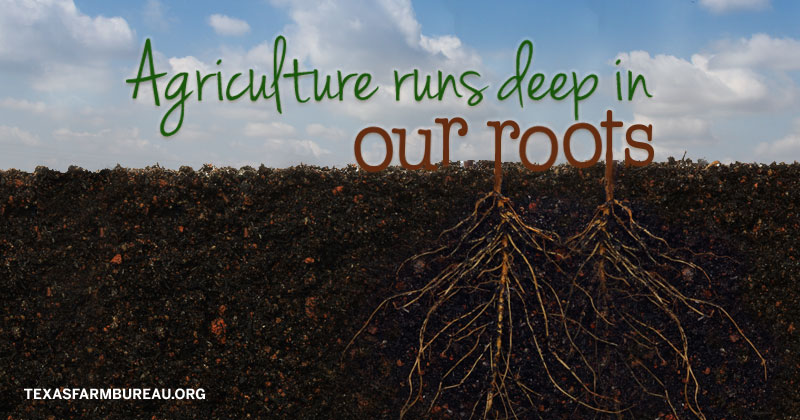

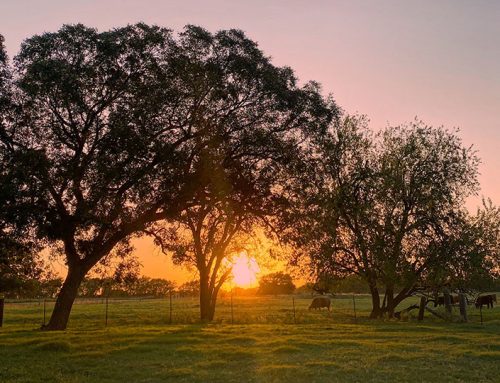
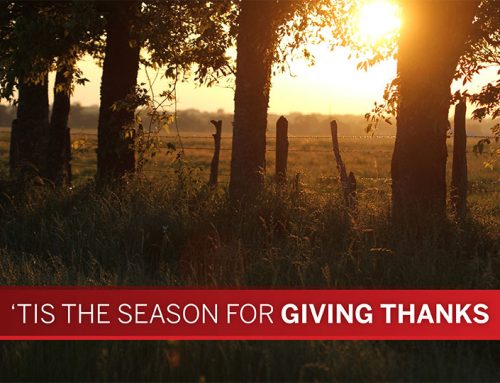
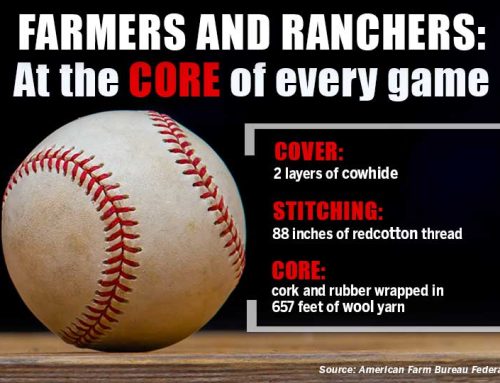
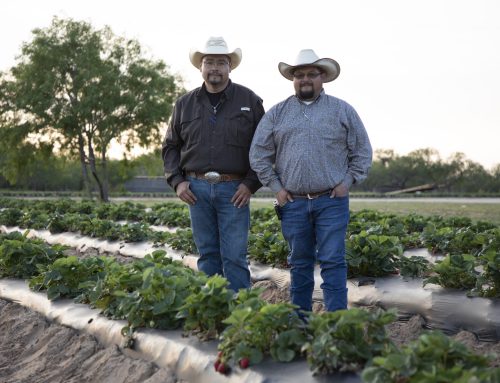




Leave A Comment